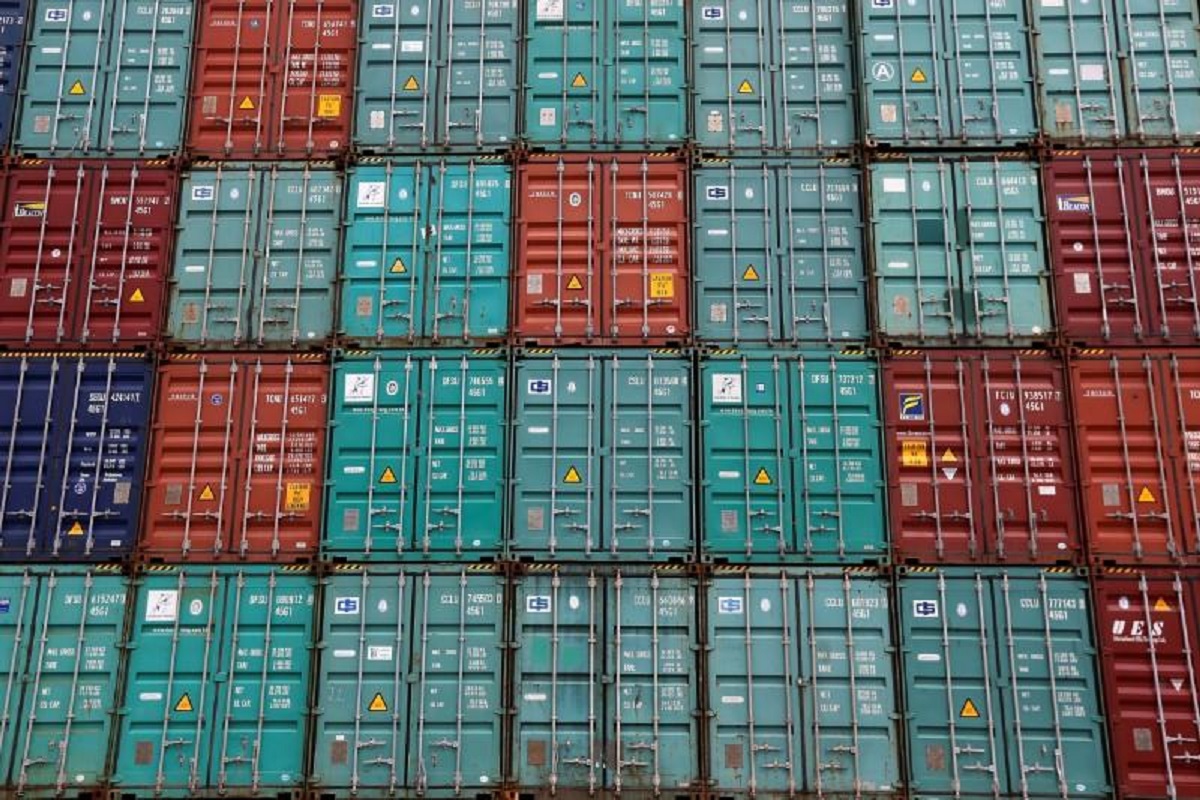KUALA LUMPUR (March 30): Malaysia’s trade performance will continue its momentum in March 2021, while imports are expected to continue picking up as domestic demand returns with the movement control order ending early this month, said Moody’s Analytics.
The financial intelligence company said the stellar trade performance with its major trade partners recorded in February 2021 points to a more optimistic recovery ahead.
“Exports to most major markets increased, namely ASEAN and China, while the US trade with ASEAN, which makes up 26% of Malaysia’s total trade, increased by 13.2% year-on-year in February.
“This is particularly worth noting as the double-digit growth was not due to a low base effect from last year,” it said in a note today, adding that trade with China surged by almost 50% year-on-year, representing 18.3% of Malaysia’s total trade.
Moody’s Analytics was commenting on the statistics on Malaysia’s trade released yesterday which showed that exports accelerated by 17.6% to RM87.57 billion and imports rose by 12.7% to RM69.7 billion, resulting in a trade surplus surging by 41.6% to RM17.86 billion in February 2021.
Explaining on the positive growth, it said the strong expansion in exports and imports was a welcome sign that Malaysia’s economic recovery is gaining speed.
“Since the start of this year, Malaysia’s exports have recorded a double-digit growth of 11.7% to RM177.19 billion compared with the same period in 2020, which was mainly due to higher demand for semiconductors in smart devices and the automotive industry as global economic activities continue to recover,” it said.
On the other hand, it said a surge in imports signalled strengthened domestic demand for consumption goods and investments.
“Capital and consumption goods imports rose primarily due to an increase in demand for durables as well as machinery and mechanical appliances to support the manufacturing of electrical and electronic products for exports,” it said.
However, Moody’s Analytics added that intermediate goods that declined marginally by 0.2% year-on-year suggests that the current lockdown measures have not suppressed domestic production as much as the initial restrictions in March 2020.





